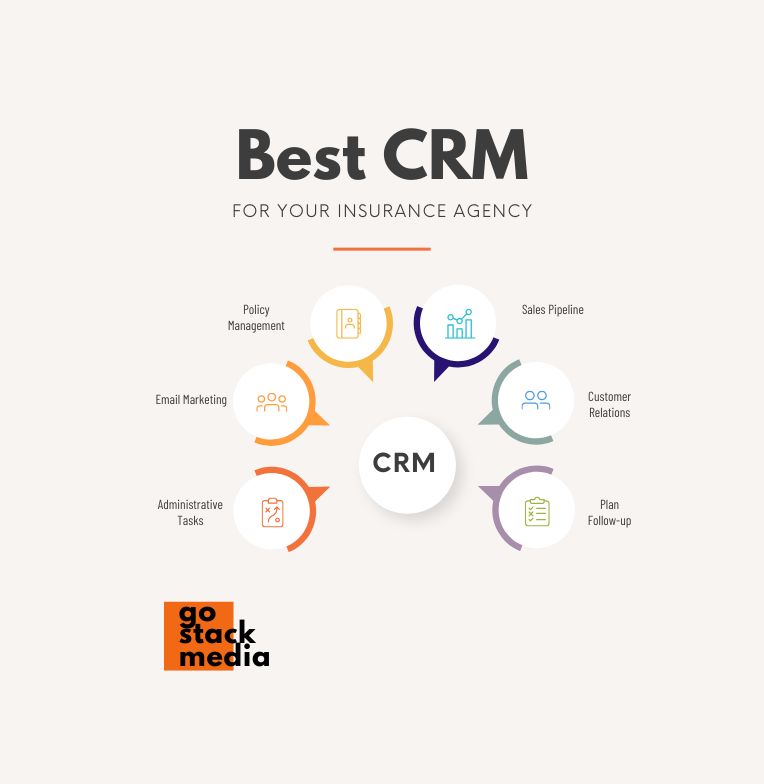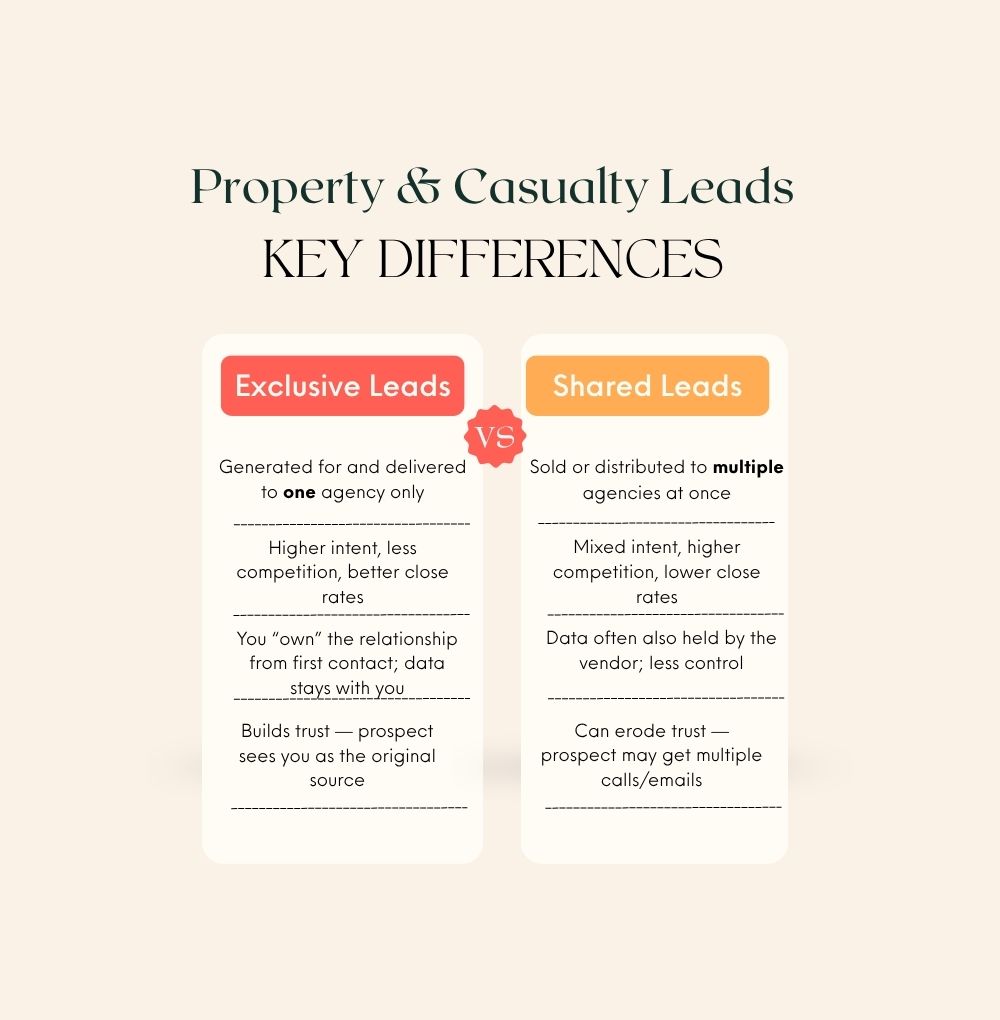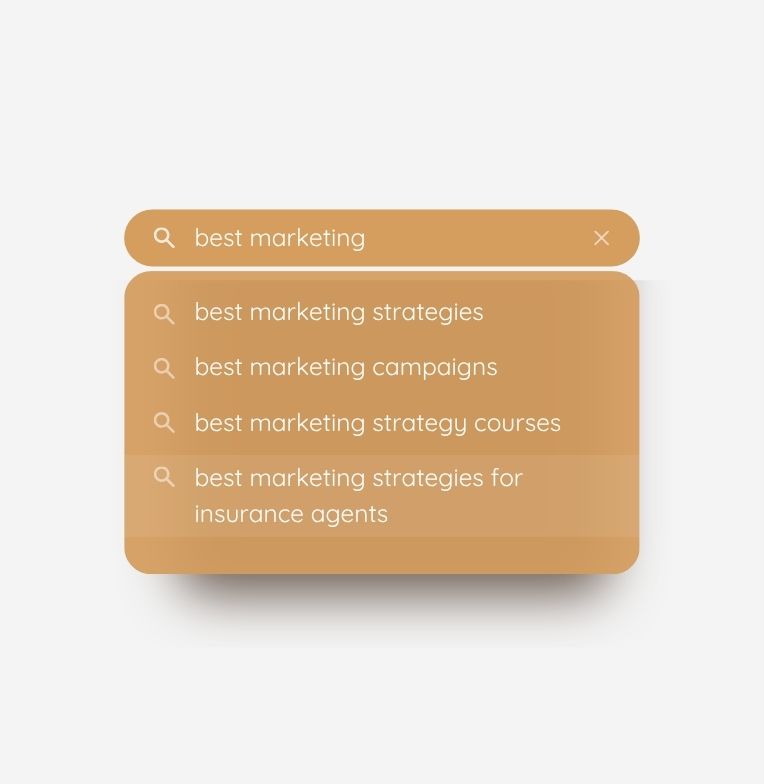Table of Contents
3 Key Takeaways
- Time frame for converting leads to policyholders 3-6 months.
- You don’t need to post every day—but Google wants to see you being consistent.
- Blogging is one of the most powerful tools to drive traffic and deepen client relationships—if you do it right.
Blogging on a Budget: Time, Money, or Both?
Before we talk numbers, let’s talk budget. What’s your blogging budget?
Blogging takes some time. Writing, editing, optimizing for SEO, finding images, publishing, promoting. So, that budget could mean time—your time or your team’s. Or it could mean money—outsourcing your blog to a content team that knows your industry and knows how to rank.
👉 Not sure where to start? Grab our Blueprint To Digital Marketing or check out our Done-For-You Blogging Services. We’ll handle the content—you focus on the closing.
How Many Blog Posts Should You Write in a Week?
Start with Your Goals
Let’s get one thing straight: how often you should blog depends entirely on what you’re trying to accomplish.
Want to grow your commercial book of business?
Trying to increase policy count per household?
Looking to establish yourself as the go-to expert in your town/city/zip code?
Your goals will shape your blog frequency.
Here’s What That Might Look Like:
- 1 post per week – A solid baseline. Keeps your site fresh. Great for building long-term SEO and staying top of mind with clients.
- 2-3 posts per week – Super aggressive, but doable if you’re scaling fast or targeting competitive keywords.
- 1-2 posts per month – Good starting point, but you’ll want to make them count with great SEO and internal linking.
⚠️ Pro tip: Many agency owners aim for weekly but fall off after a few months. Why? Too much on their plate. If you’re thinking, “I don’t have time for this,” you’re not alone.
👉 That’s where Go Stack Media’s Done-For-You Service comes in. We’ll keep your blog humming, even when your agency gets slammed.
What Is The Ideal Blog Posting Schedule for Your Insurance Blog?
Let’s talk consistency over chaos.
The “ideal” schedule is the one you can stick to without burning out. Whether that’s weekly, biweekly, or monthly, what matters most is showing up regularly.
Tips for Building a Schedule That Works:
- Pick a day of the week. Stick to it.
- Schedule time in your calendar to write—or delegate it.
- Use scheduling tools (like WordPress’s scheduler) to batch and automate.
Think of your blog like going to the gym. Skipping once? Not a big deal. Skipping for three months? Your results suffer. Google feels the same.
How Often Should You Blog to Start Seeing Organic Traffic?
If you’re just starting out, we won’t sugarcoat it—Blogging and SEO is a long game. But it’s worth it.
Google needs time to index your content and assess its value. If your website is new or hasn’t been updated in a while, expect a 3-6 month ramp-up period before you see consistent traffic.
But here’s the good news:
🚀 The more frequently you publish optimized blog posts, the faster you’ll see results.
🚀 The older and more trusted your domain is, the less time it takes to rank.
Pro tip: Many agents give up too soon. They post a few times, see zero traffic, and abandon the blog. Don’t fall into that trap.
Want to skip the learning curve? We’ve got the strategy and SEO team to help you rank faster.
The Overall Goal of Your Blog Determines How Often You Post
Let’s not lose the forest through the trees here. You’re not blogging for the sake of blogging. Your blog exists to convert leads into policyholders. Period.
Every post should move a reader closer to:
- Requesting a quote
- Booking a call
- Learning to trust you as their insurance expert
So how do we make that happen?
I’m about to list my EXACT strategy for you, step-by-step.
Step 1: Create a Content Calendar Based on Goals and Seasonality
Think about what people are searching for in spring vs. winter. Match topics to the questions your clients are already asking.
Step 2: Choose SEO-Friendly Blog Post Topics
Use tools like Google’s autocomplete (start the query and see how Google completes the query) and “People also ask.” Focus on keywords your clients are typing (not jargon they aren’t). Don’t try to sound smart.
Example:
✅ “Do I need gap insurance on a used car?”
❌ “Understanding the nuances of policy exclusions”
Step 3: Analyze Your Competition
Search the keyword you’re targeting. Who’s ranking on page 1? What are they doing well? What are they missing? You want to fill those gaps.
Step 4: Write an Outline
Map your headings before you write. Make sure they’re optimized (yes, your H2s and H3s matter!). Break content into skimmable, Google-friendly sections.
Step 5: Think of Your Audience
Ask: What do they care about? What’s confusing to them? What would make them say, “Oh, I didn’t know that!”?
Step 6: Add Your CTA
Every blog post should lead somewhere. Quote request, email sign-up, free download—don’t leave your reader wondering what to do next.
Real Talk: Take my blog, for example. My goal is that I want you to see me as an authority in the digital marketing space. I want to answer your question completely. I want to give you the information you’re searching for AND win your business. My “goal” is to help as many agents as possible because I know their current process isn’t working the way they want it to be.
Pros and Cons of Posting Blog Content Frequently
✅ Pros of Frequent Blogging:
- Faster organic growth
- Stronger domain authority
- More chances to rank for long-tail keywords
- You stay top-of-mind with your audience
- You look active and legit online (because you are!)
- More content for you to repurpose in your email newsletter and social media
⚠️ Cons of Frequent Blogging:
- Time-consuming (especially without a content plan)
- Risk of burnout or “meh” content if you’re rushing
- Harder to maintain consistency without a system
Solution? Batching or delegating.
Blogging Frequency Advice for New Insurance Bloggers
Here’s my advice for you:
🎯 Start small. Start smart.
💡 Post once per week if you can. Once every other week if you must.
📅 Build a calendar and plan topics ahead.
📈 Don’t expect instant results—stick with it for 6 months minimum.
And most of all: Don’t go it alone if you don’t have to.
Once you get into a posting rhythm, incorporate content audits.
How Often Should You Blog: FAQ
Do I need to blog weekly to grow?
Not necessarily—but consistency is non-negotiable.
How long should my blog posts be?
800–1,200 words is a sweet spot. Just be thorough and helpful.
Should I write or hire someone?
If you have time and skill, go for it. If not, hire it out. Your clients deserve content that’s well-done (and you deserve more policyholders).
Where My Blog Traffic Comes From
Your traffic will come from:
- Google search (if you optimize right)
- Your email list (repurpose blog posts into newsletters!)
- Social media (sharing tips and driving clicks)
- Other websites (when your content gets backlinks)
Pro tip: Every blog post should serve multiple channels.
You May Also Like
👉 The Blueprint To Digital Marketing for Insurance Pros
👉 Done-for-you Blog Writing Services
👉 30-Day Blogging Challenge
👉 Insurance Blog Post Templates
Want content that attracts leads and keeps your clients engaged? We got you.


